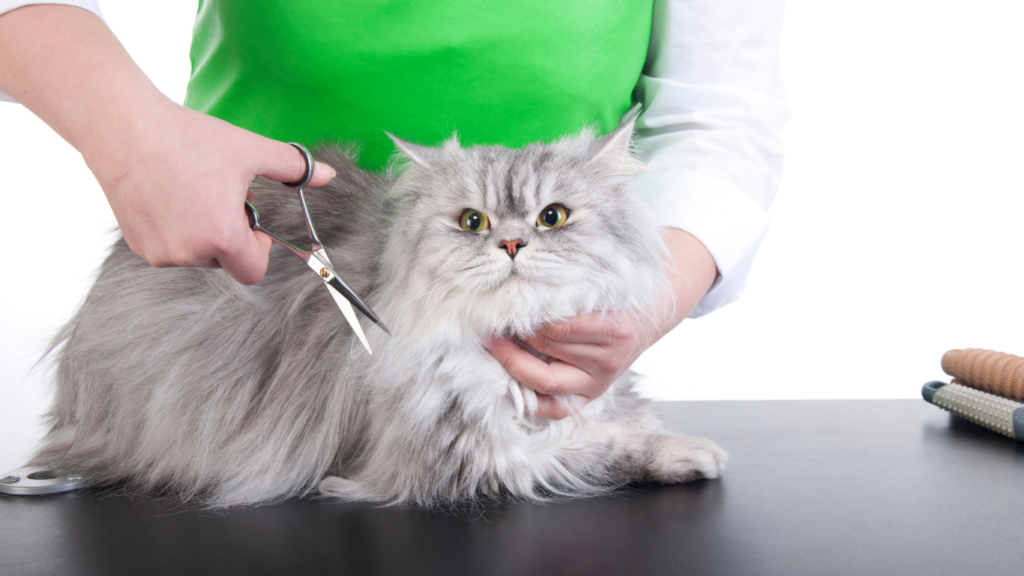
Every kitten is checked by a vet
Stool test done to ensure no infections
Kittens are transported with full care
Video proof of vet check shared
Registered with FCI, CFA, TICA
Guidance on kitten care after delivery
Diet plan shared for healthy growth
Tips on brushing &
cleaning
Information about kitten’s breed & behavior
Help available anytime after purchase













We are Cat Lovers with more than 5 years of expertise and united 5000+ families with their perfect feline.
Designed and Developed by Kvitamin Digital